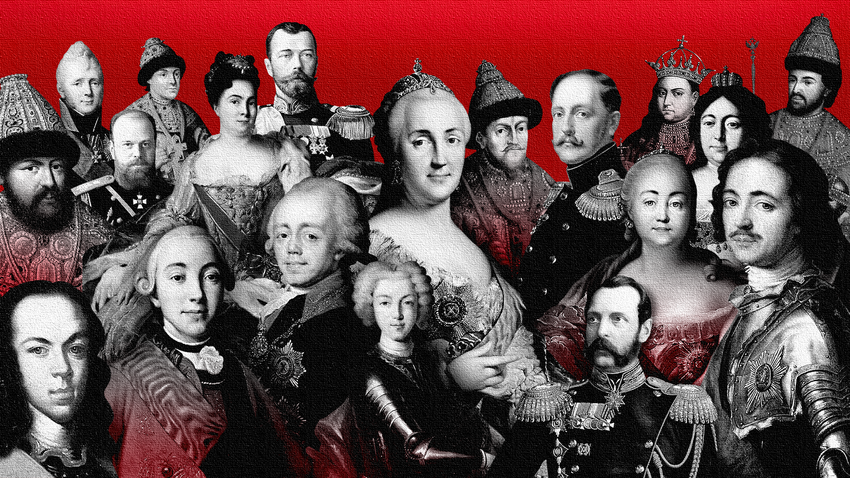
Can anyone be more Russian than a Romanov tsar? Well, get ready for some surprising genealogy facts about the imperial dynasty.
Have a look at the picture below – can you guess which one is the Crown Prince of Russia, and which one is the future King of Great Britain?
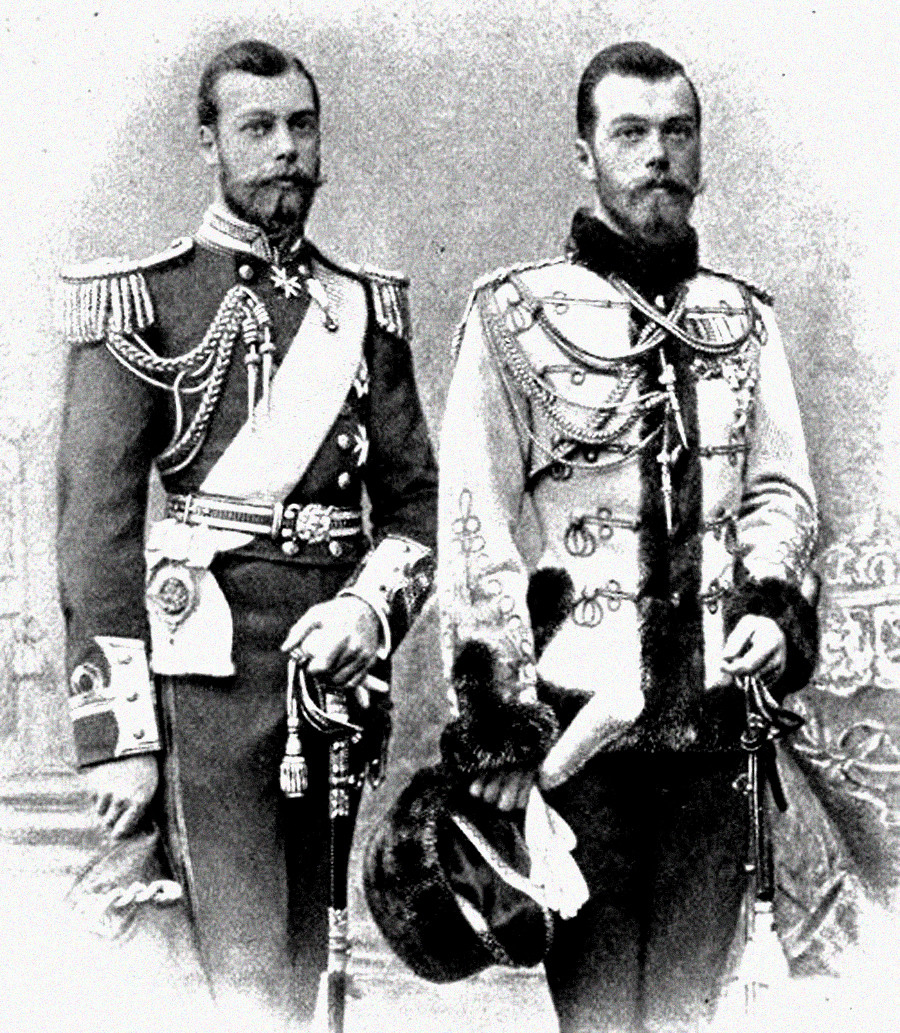
Here's a clue – as far as we know, cousin George parted his hair on the left, while Nicky, the last Emperor of Russia, wore his lock a little differently. Their mothers Dagmar and Alexandra were daughters of the king of Denmark, Christian IX.
Does that mean they were half Danish? Sort of. But if you ask, does that mean the last Russian emperor was half Russian; the answer is, No. One quarter? Wrong again. He had a Russian great-grandmother?! Sorry to disappoint you… The true answer is: he was less than one percent Russian! To be correct 0.7 percent, and that’s no joke. Let’s see how this happened.
Mikhail Fyodorovich, the first ruler of the Romanov dynasty, assumed the Russian throne in 1613. His father was a
Over the following 112
With Peter, however, everything changed. While great he was, Peter was plagued by some serious father-son issues, eventually executing his potential successor, Tsarevich Alexey, who was charged with conspiring to overthrow the tsar.
This allowed a person with no Russian blood to rule the country for the first time in history! Peter the Great’s second wife, Catherine I, was born as Marta Helena Skowrońska in a poor maybe Polish, maybe Lithuanian, half Swedish or even German family. No one knows for sure.
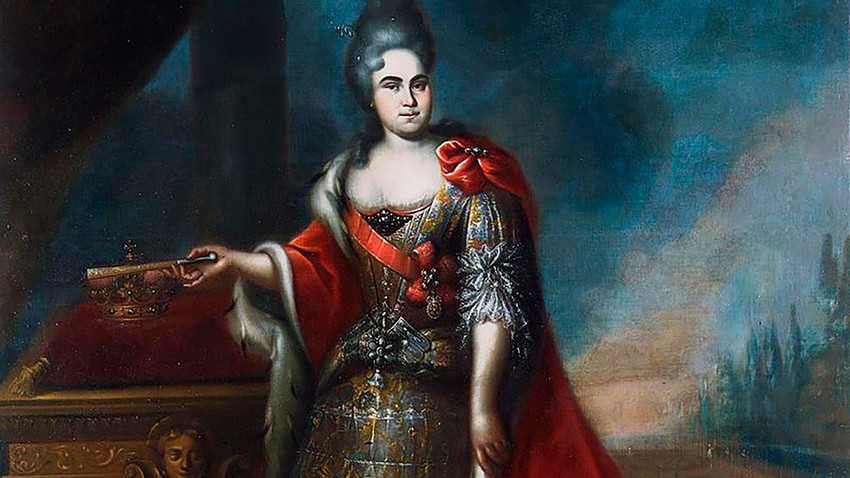
Catherine I, the Russian empress in 1725-1727
An unknown painter/Hermitage/WikipediaYou can find out more about her journey from laundress to empress in another Russia Beyond article. Here, we are only saying that her two sons died very
Then it was decided that the seventh Romanov tsar would be a 10-year-old boy and son of the murdered Alexey. When Alexey was alive he found a wife in the House of Welf, which is clearly not a Russian family. The Welf dynasty has provided many German and British monarchs during the past 1,000 years. Peter the Great originally considered the wedding of his son and Charlotte Christine Sophie as a form of diplomacy, because her elder sister was married to Holy Roman Emperor Charles VI. So the very young ruler, Peter II, was only half Russian. He didn’t rule long and died at the age of 14.
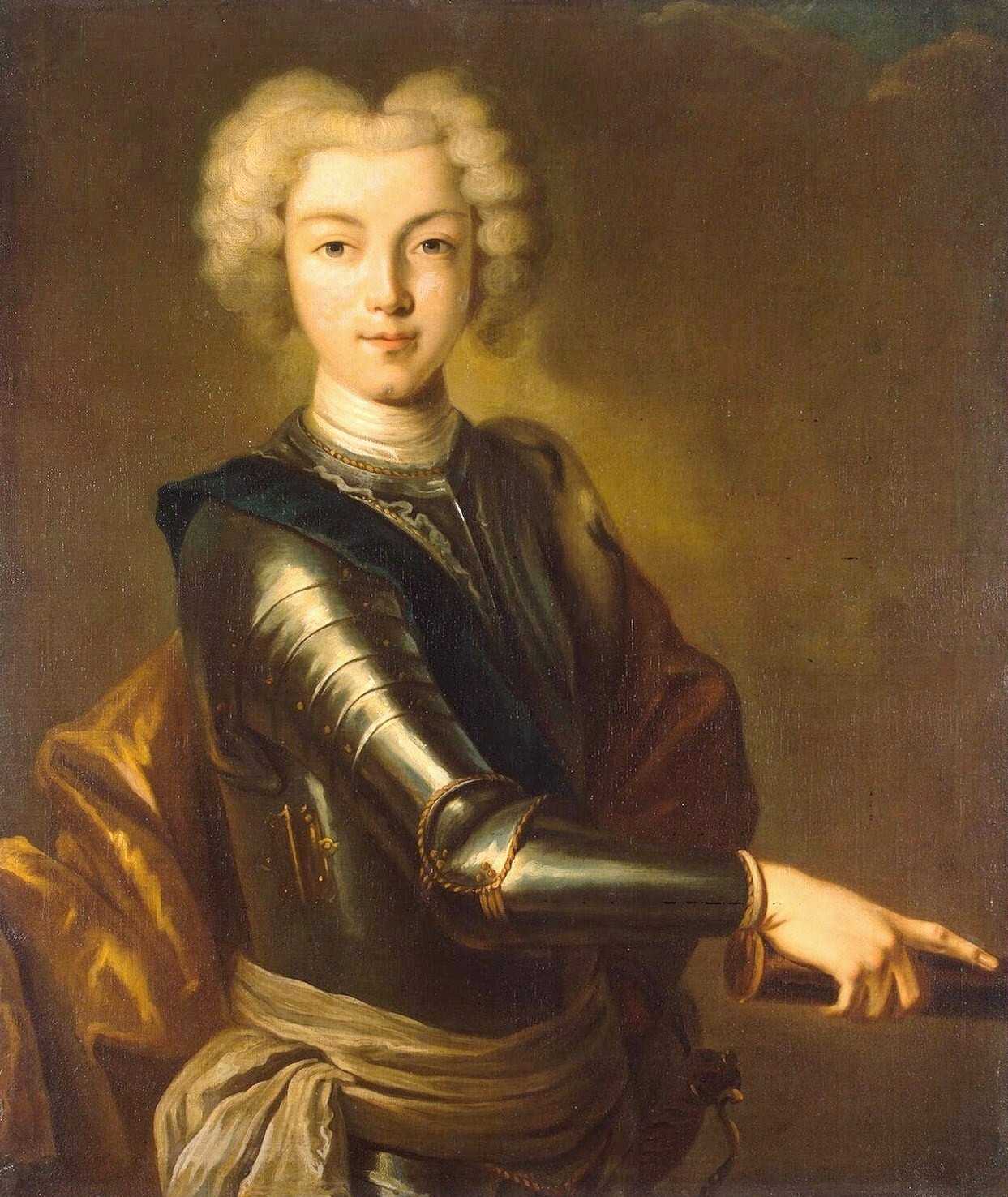
Portrait of Peter II by unknown artist, 1800s
The State Hermitage MuseumThroughout the remainder of the 18th century, most Russian rulers were women. The eighth Romanov to sit on the throne was Anna Ioannovna, daughter of the fourth tsar, Ivan V. Her mother was from a well-known and powerful Russian family, Saltykovy, so we can say that Anna was the last full-blooded Russian in the dynasty. She was childless, however.
There was an attempt to continue the line of Ivan V by proclaiming as emperor his
Next was Elizabeth, the daughter of Peter the Great and Catherine I, aka Marta Helena Skowrońska. Elizabeth was of course only half Russian.
Now, Peter was only 25 percent Russian. His father was Duke of Schleswig-Holstein-Gottorp, who owned lands in present-day Denmark and north Germany. Members of this family acceded to several European thrones such as in Sweden, Norway, Denmark, Greece, and Russia.
No surprise that Peter III married a princess from the ruling German family of Anhalt. Sophie and Peter didn’t get along from the start. She was a bit wiser than her spouse, and more popular among high society, so she let him rule for just 186 days, and then forced him to sign an act of abdication. She declared herself Catherine
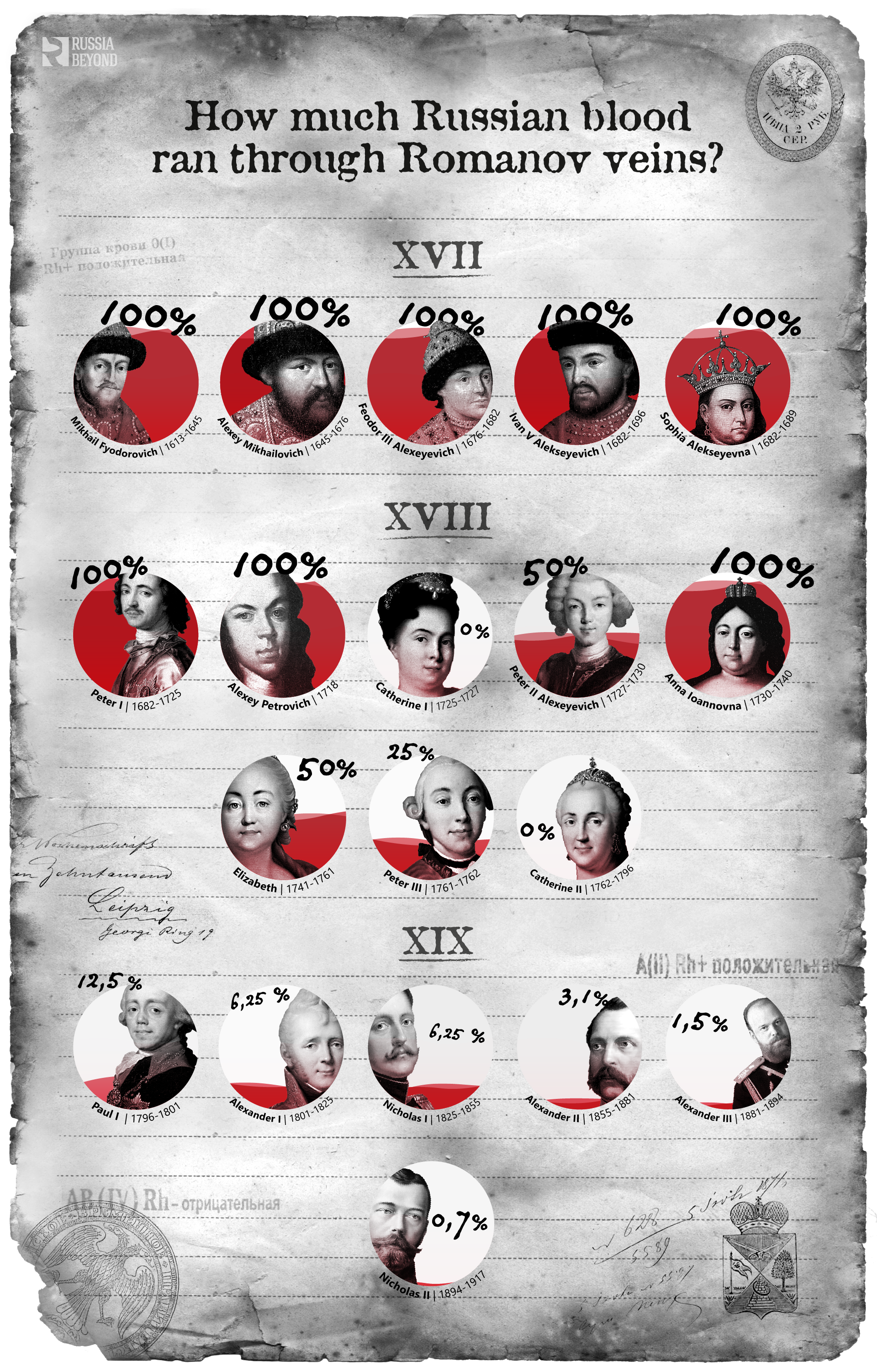
For some reason, every subsequent emperor, including Paul, was married to a German or a Danish princess. If the goal was to live in peace with the rest of Europe, we must say it was a bad
So, Alexander I, son of Duchess Sophie Dorothea of Württemberg had (12.5/2 =) 6.25 percent Russian blood.
The same with Nicholas I, Alexander’s younger brother.
Alexander II was the son of Princess Charlotte of Prussia – 3.1 percent.
The mother of Alexander III was Princess Marie of Hesse and by
And you already know everything about the last tsar, Nicky.
How shall we treat this newly learned fact? We’re not mixing whiskey with soda, right? Now, this might not be the best comparison, but the weight of the Russian soul is immeasurable, especially if we’re talking about the soul of a tsar!
If using any of Russia Beyond's content, partly or in full, always provide an active hyperlink to the original material.
Subscribe
to our newsletter!
Get the week's best stories straight to your inbox